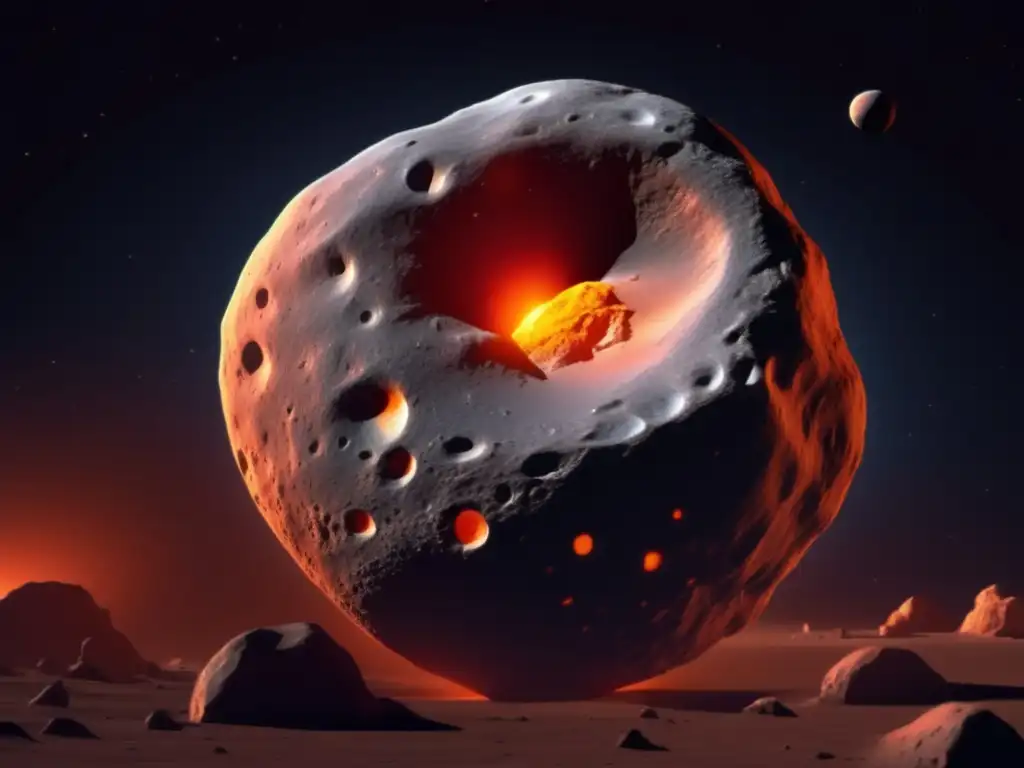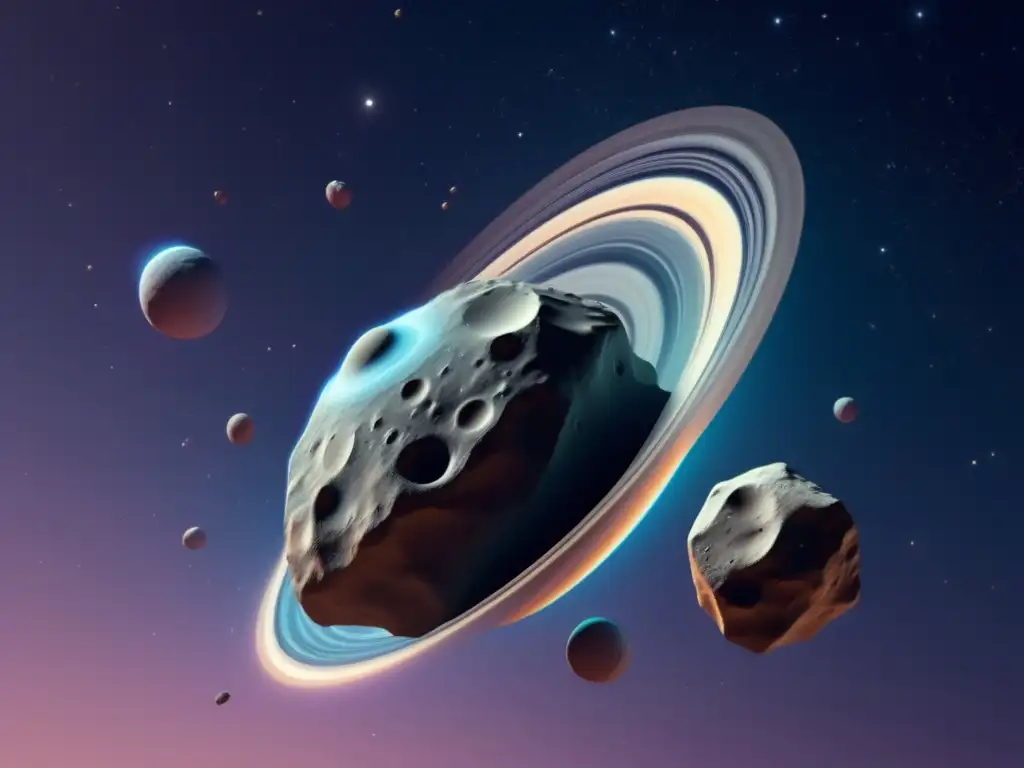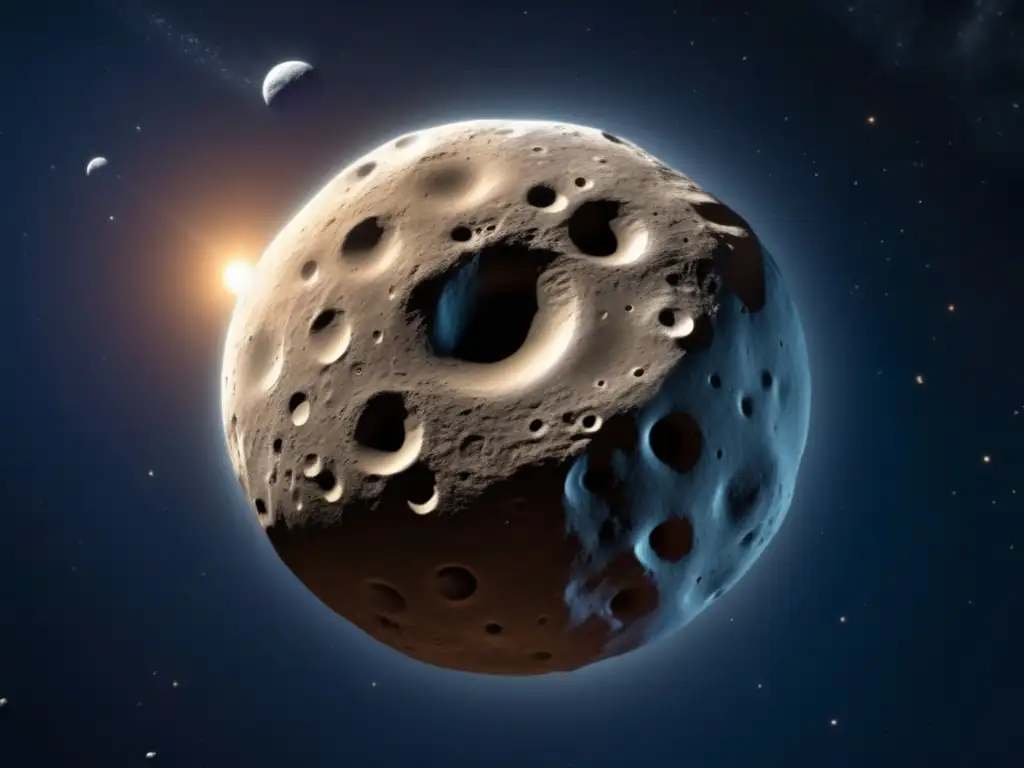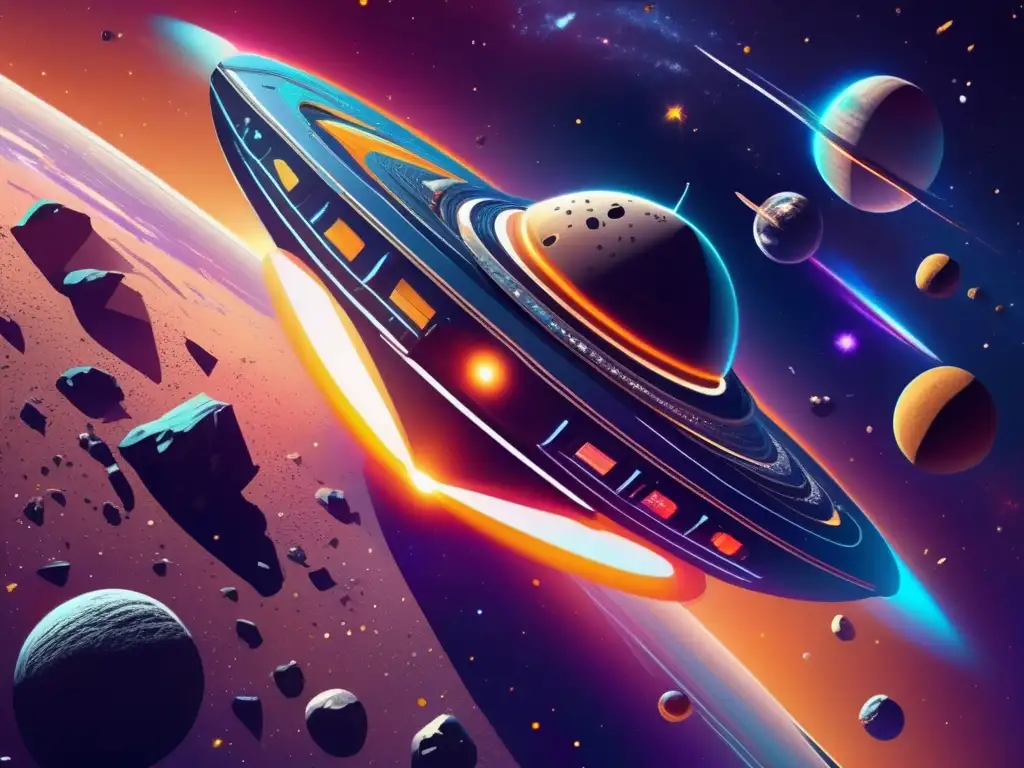Unveiling Hygiea: A Look Into The Discovery Of The Fourth Largest Asteroid

Introduction
Asteroids are small celestial objects that orbit around the Sun. They are mostly found in the asteroid belt, a region between Mars and Jupiter. The asteroid belt contains millions of asteroids with varying sizes and shapes. One of the largest asteroids in the belt is Hygiea, which is the fourth largest asteroid and was discovered in 1849 by Italian astronomer Annibale de Gasparis. However, it wasn't until recent years that scientists were able to unveil more information about this fascinating celestial body.
The Discovery of Hygiea

Annibale de Gasparis
Annibale de Gasparis was a prominent Italian astronomer in the mid-1800s. In 1849, he discovered Hygiea while observing the night sky from Naples. He named the asteroid after the Greek goddess of good health, Hygieia. At the time, Hygiea was considered the fourth largest asteroid as per its estimated size. However, due to the limited technology of the time, not much else was known about it.
The Unveiling of Hygiea
It took more than a century for scientists to gather more information about Hygiea. In November 2017, researchers used the Very Large Telescope (VLT) in Chile to capture images of Hygiea. The VLT is one of the most advanced telescopes in the world and is capable of capturing detailed images of distant celestial objects. Using the VLT, the researchers were able to calculate Hygiea's size, shape, and composition with greater accuracy.
Hygiea's Size and Shape
The researchers found that Hygiea's size is smaller than previously thought, making it the fifth largest asteroid instead of the fourth. It has a diameter of approximately 430 kilometers, which is about one-tenth the size of Ceres, the largest asteroid in the belt. Hygiea also has an interesting shape, as it appears to be almost spherical, which is quite unusual for asteroids.
Hygiea's Composition
The researchers also found that Hygiea's composition is similar to that of Ceres. Both asteroids have a rocky surface with water and organic materials. This finding is significant because it suggests that the formation of Hygiea and Ceres was similar, and that they may have formed from the same material. Additionally, the discovery of organic materials on Hygiea is exciting because it could mean that asteroids like Hygiea played a role in the origin of life on Earth.
The Implications of Hygiea's Discovery

Understanding the Formation of the Asteroid Belt
Hygiea's discovery provides valuable insight into the formation of the asteroid belt. The similarities between Hygiea and Ceres suggest that they may have formed from the same material, and that their characteristics are representative of the wider asteroid belt. This information can help scientists better understand the origins of our solar system and how it evolved over time.
The Search for Life in the Universe
The discovery of organic materials on Hygiea is exciting because it raises the possibility that there may be other asteroids or celestial bodies in our solar system that contain the building blocks of life. It is also possible that asteroids like Hygiea played a role in delivering these building blocks to Earth, which ultimately led to the origin of life on our planet. The discovery of Hygiea therefore provides important clues in the search for life in the universe.
Frequently Asked Questions

-
What is Hygiea?
Hygiea is the fourth largest asteroid in the asteroid belt and was discovered in 1849 by Annibale de Gasparis.
-
What is Hygiea's size and shape?
Hygiea has a diameter of approximately 430 kilometers and appears to be almost spherical, which is quite unusual for asteroids.
-
What is Hygiea's composition?
Hygiea's composition is similar to that of Ceres, with a rocky surface, water, and organic materials.
-
What are the implications of Hygiea's discovery?
Hygiea's discovery provides valuable insight into the formation of the asteroid belt and raises the possibility of there being other asteroids or celestial bodies in our solar system that contain the building blocks of life.
-
What role did Annibale de Gasparis play in the discovery of Hygiea?
Annibale de Gasparis was the astronomer who discovered Hygiea while observing the night sky from Naples in 1849.
Conclusion
The discovery of Hygiea provides valuable insights into the origins of our solar system and the possibility of there being other celestial bodies in our solar system that contain the building blocks of life. This discovery is significant because it advances our understanding of the universe and our place in it. We encourage readers to continue exploring the fascinating world of asteroids and to share their thoughts and questions in the comments section below.
Additional Resources

For further reading on asteroids and space exploration:
- NASA's Asteroid and Comet Watch webpage
- Space.com's Asteroids, Comets and Meteors webpage
- National Geographic's Asteroids and Comets webpage
 The Dawn Mission: Exploring Vesta And Ceres
The Dawn Mission: Exploring Vesta And Ceres Gareth Williams And The Cataloging Of Minor Planets
Gareth Williams And The Cataloging Of Minor Planets Apophis: A Close Encounter With Earth’s Potential Threat
Apophis: A Close Encounter With Earth’s Potential ThreatIf you want to discover more articles similar to Unveiling Hygiea: A Look Into The Discovery Of The Fourth Largest Asteroid, you can visit the Asteroid Discoveries category.
Leave a Reply

Articulos relacionados: